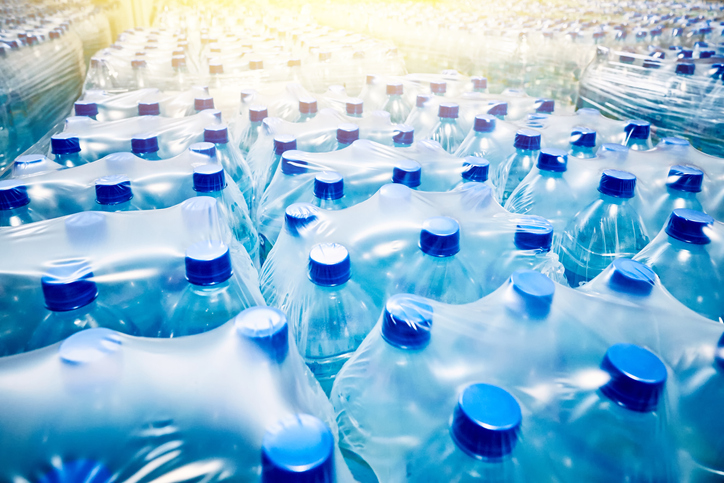Australians purchase over 700 million litres of bottled water every year. But before you can grab a bottle of water at the shops on a hot day, the water is first extracted from the ground, processed into a plastic bottle made of crude oil, transported in a fossil-fuelled vehicle and chilled.
When the water is gone, the bottles remain; 75% of which end up in landfill, where they break down over 450 years.
That’s the lifecycle of a plastic water bottle.
But it’s not just water bottles in landfill. Every single-use item has a beginning, middle and end of life and there is a growing movement to make governments, industry and consumers more accountable at every stage.
ANU engineering research fellow Vi Kie Soo said the design process needs to consider the end of the product’s usefulness.
“Product design must include an understanding of the effect of the product on the environment all the way through until the end of life,” she said.
“We need to use more pure materials, there ends up being a lot of variation of materials which go through a generic recycling process and contaminates the recycling.”
UNSW design researcher Dr Guy Keulemans said governments need to take the lead in regulating manufacturing and to hold brands accountable.
“You can’t blame consumers for buying cheap products, they don’t necessarily know what they are made of or where they will end up,” he said.
“People buy what they can afford.”
Dr Keulemans said designers can play a role in improving the manufacturing process and the product disposal options by transforming existing products into new items through repair and reuse.
“I think we need more designers to be activists, and I mean that in the kind of social and political activist sense. Transformative repair in that sense isn’t just the transformation of the object but the transformation of the system, the society the object exists in,” he said.
Today, 5 June, is World Environment Day.
For tips on how to live more sustainably today and every day, you might like to read 5 sustainable practices for World Environment Day.



